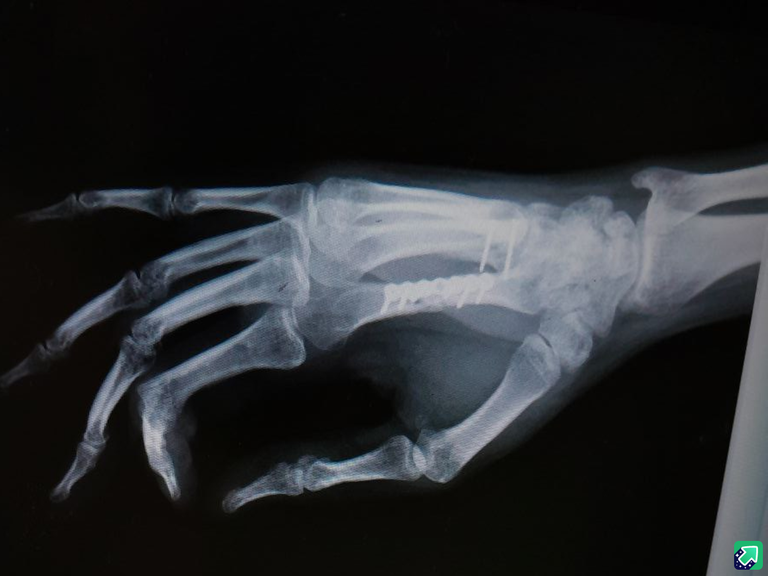Hello, my team is going to ICPC World Finals in Luxor and we were wondering what the money situation is like.
We've heard that in Egypt (much like in my country, Argentina) there is a parallel currency market that offers much more favorable rates for those with foreign currencies. So, we have some specific questions (though any other information is very much welcome).
- Is it easier to get good rates for US Dollars or Euros?
- Where can we find the up to date official rate?
- Where can we find up to date rates for the parallel market?
- Where in Luxor can we exchange USD or EUR for EGP at the official rate?
- Where in Luxor can we exchange USD or EUR for EGP at parallel market rates?
Thank you, everyone!














